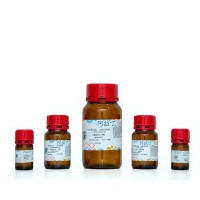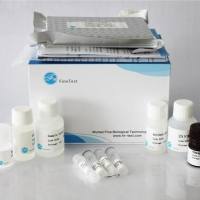Measuring DNA Adducts by Immunoassay (ELISA)
互联网
505
A large proportion of anti-cancer drugs act by causing chemical modifications to DNA, often involving the addition of part of the drug molecule to DNA to form DNA adducts. As discussed in Chapter 1 , resistance mechanisms can act to diminish the extent of drug-target access or to alter the responses of cells to a given level of target modification. Measurement of the extent of drug-DNA interaction permits direct analysis of the contribution of the former type of mechanisms. Measurement of drug-DNA adduct levels can also be important for experiments focused on cellular responses because, first, it may be necessary to prove that observed differences in response are not owing to variation in drug-DNA access. Second, such measurements can be used to measure directly the rate of DNA repair processes, and hence, the influence on these processes of other variables, such as expression of specific genes. Finally, a knowledge of the DNA adducts levels formed in patients during therapy permits direct assessment of the clinical relevance of the levels of DNA modification employed in in vitro experiments. This could be important because the nature and significance of the various types of cellular responses will be dependent on the level of drug-target interaction initiating those responses.








